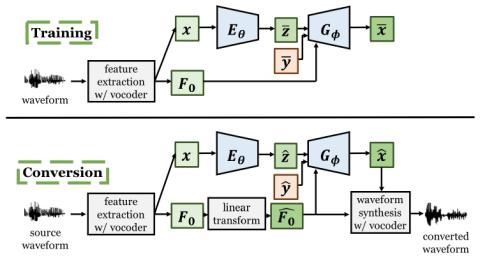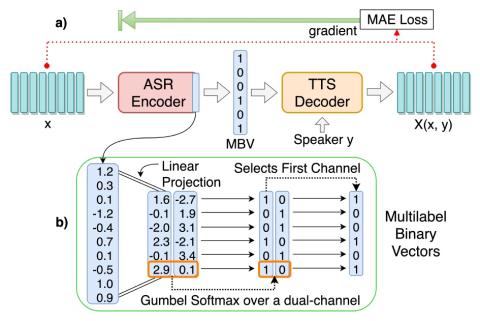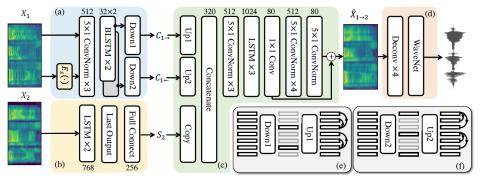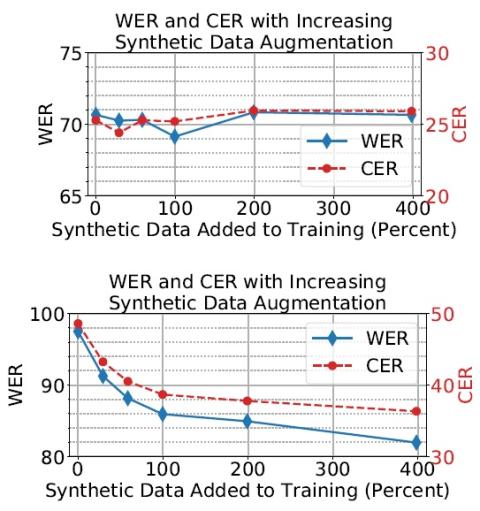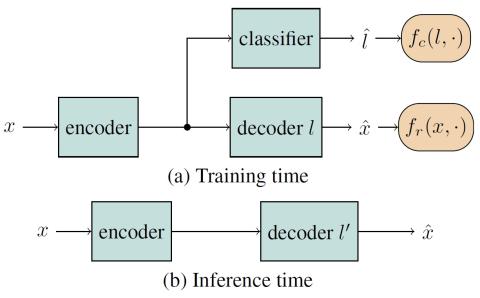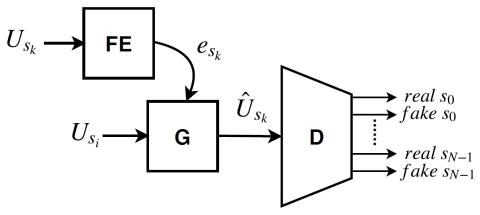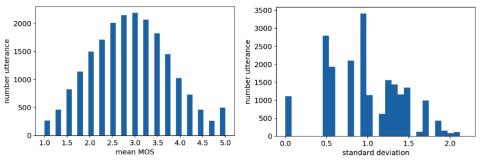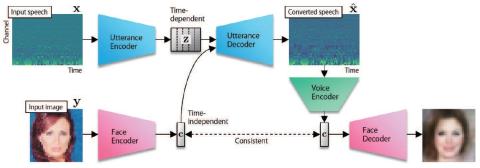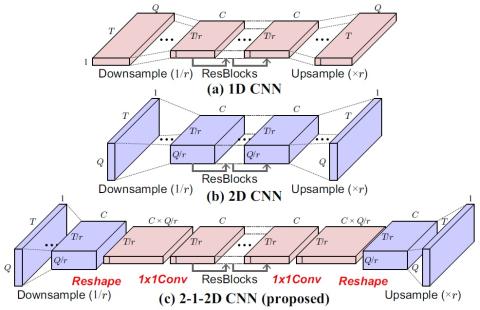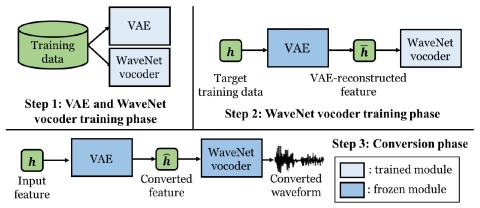
Refined WaveNet Vocoder for Variational Autoencoder Based Voice Conversion
This paper presents a refinement framework of WaveNet vocoders for variational autoencoder (VAE) based voice conversion (VC), which reduces the quality distortion caused by the mismatch between the training data and testing data. Conventional WaveNet vocoders are trained with natural acoustic features but conditioned on the converted features in the conversion stage for VC, and such a mismatch often causes significant quality and similarity degradation. In this work, we take advantage of the particular structure of VAEs to refine WaveNet vocoders with the self-reconstructed features generated ...

